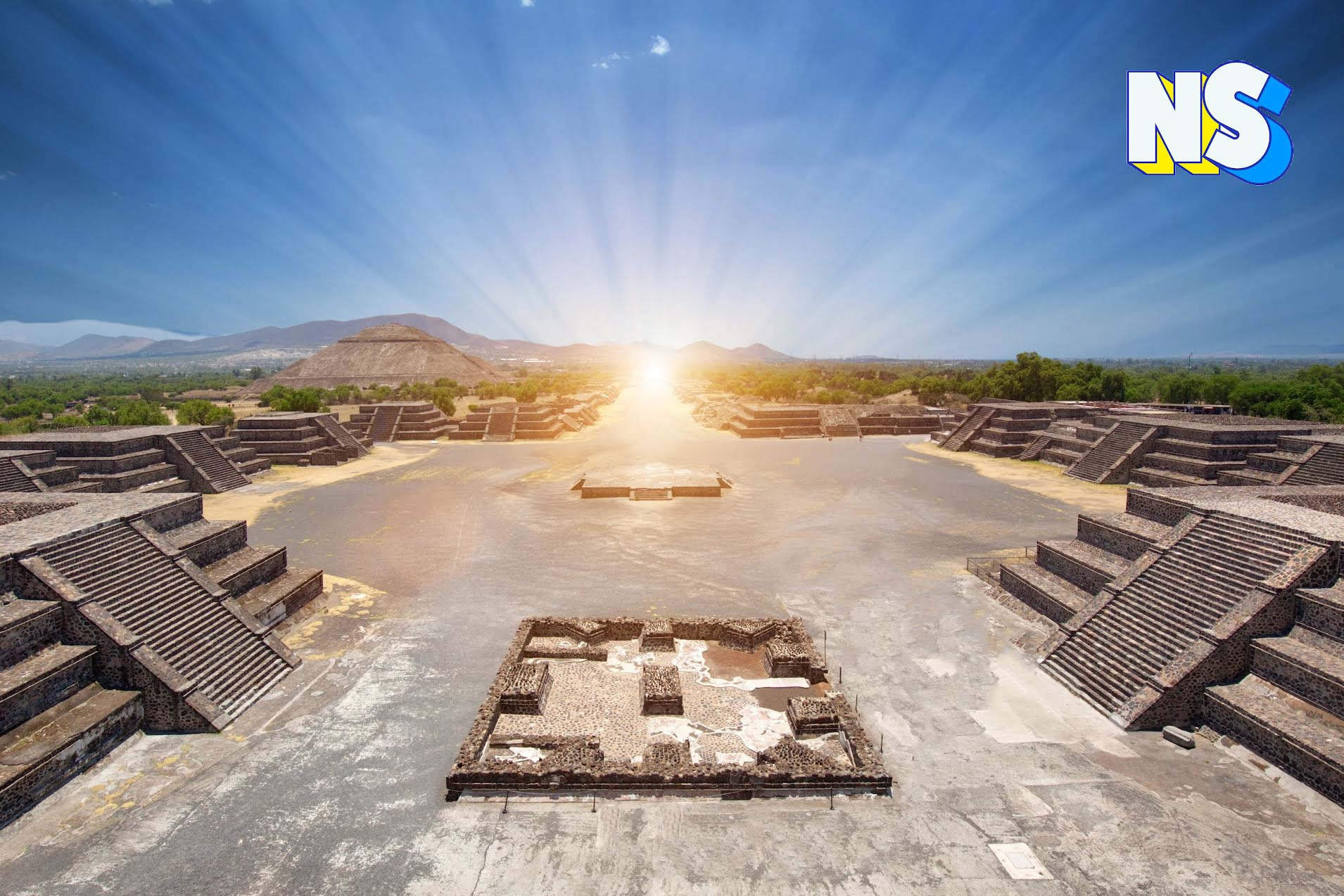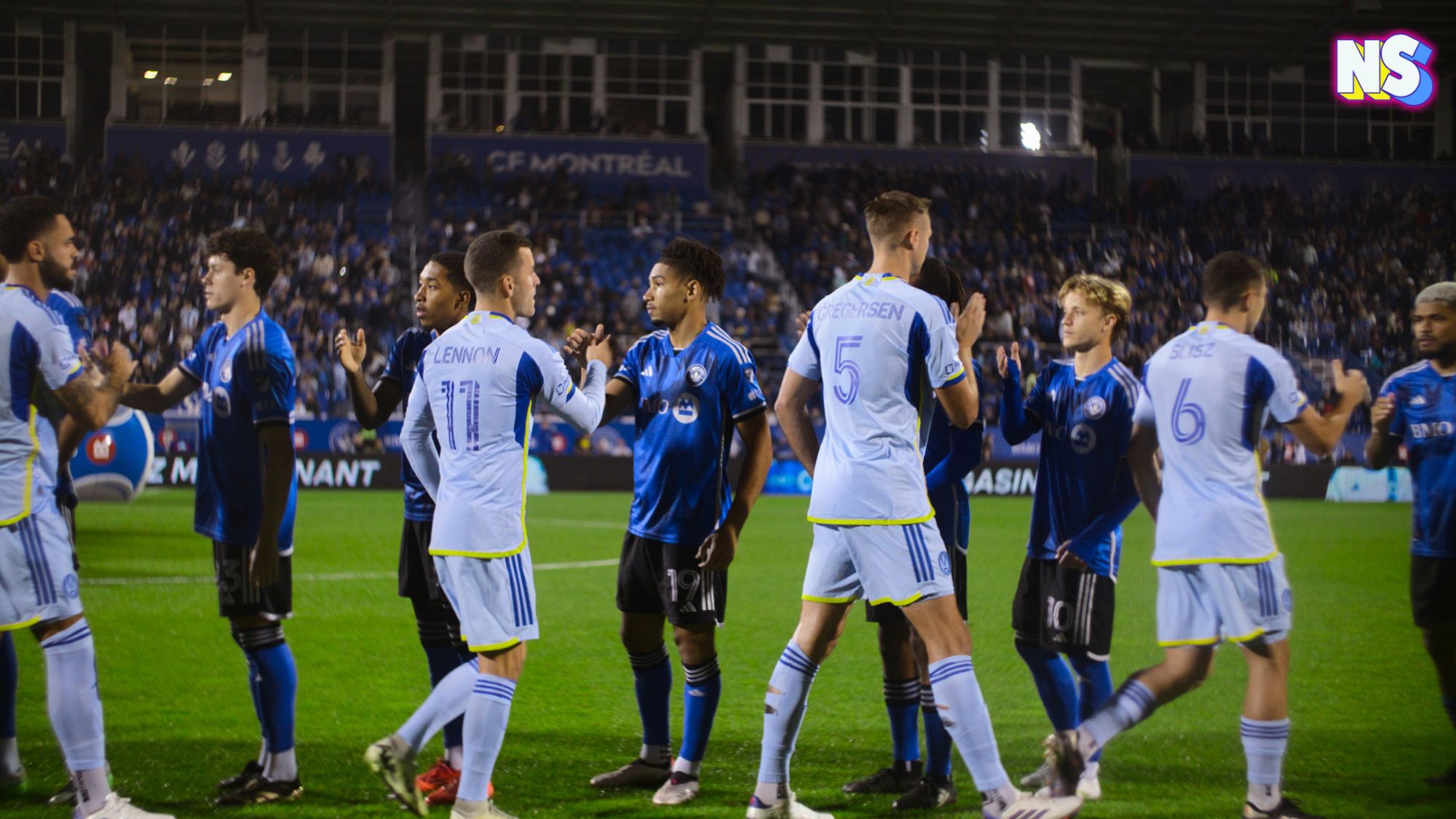Image courtesy of Nuestro Stories.
The Maya considered the winter solstice — the darkest and shortest day of the year, which falls on December 21st annually — a symbol of renewal. They knew spring was near, which comforted them; it was a time to reflect on the blessings that spring would bring.
The Mayans welcomed the gradual return of the light.
The winter solstice and tracking the sun were about creating an understanding of the order of the universe and its place in it.
Before the Spanish conquest in the 16th century, Maya civilization prospered in southern Mexico, Guatemala, Belize, and western Honduras and built elaborate constructions – mostly pyramids and palaces.
The Mayas were fascinated with time and the movement of celestial bodies.
Consequently, their calendar was a significant part of their writing system, the most sophisticated in the New World. As renowned astronomers, they celebrated the passage of time and the cyclical nature of life.
But these celestial bodies (the sun and the moon) were also important because they were their gods, and through them, the Maya made sense of the universe.
The sun as a reference in the Mayan world
K’inich Ajaw was the Mayan Sun God, rising every day to go down to the depths of the sea and enter the belly of a monster. Then it would rise back up the next day.
Their temples were built to be illuminated perfectly by the sun or moon on lunar events like equinoxes and solstices. The sun’s movements went chartered to understand and record the passage of time.
They built ceremonial complexes so that they were positioned precisely for the celebration of the solar cycle. One example of the Maya’s unique precision is a site called Uaxactun in Guatemala, an ancient sacred place in the Peten Basin region of the Mayan lowlands.
Another example is the El Castillo step pyramid, at the ancient Maya-Toltec temple of Chichén Itzá, in the dense jungles of Mexico’s Yucatán Peninsula.
The pyramid rises from the center of a large plaza. If you are there during the winter solstice, you will witness a magnificent light show — just like the ancient Mayas would.
In the wee hours of the morning, as the horizon turns a glowing pink, the sun streams up the side of the pyramid as if it is waking up to the sky.
Later on, in the dying parts of the afternoon, a line of shadow perfectly splits the pyramid in half. The sun lights up the western and southern sides, while the north and east faces of the pyramid stay dark.
It is stunning now and must have been breathtaking when the Maya looked up and celebrated the passing of time and the coming of the light.
If there was ever an item for a bucket list (it’s on mine), it is a visit during the winter solstice to witness the Mayan miracle.
https://nuestrostories.com/wp-content/uploads/2022/06/Susanne-182×250.jpeg





